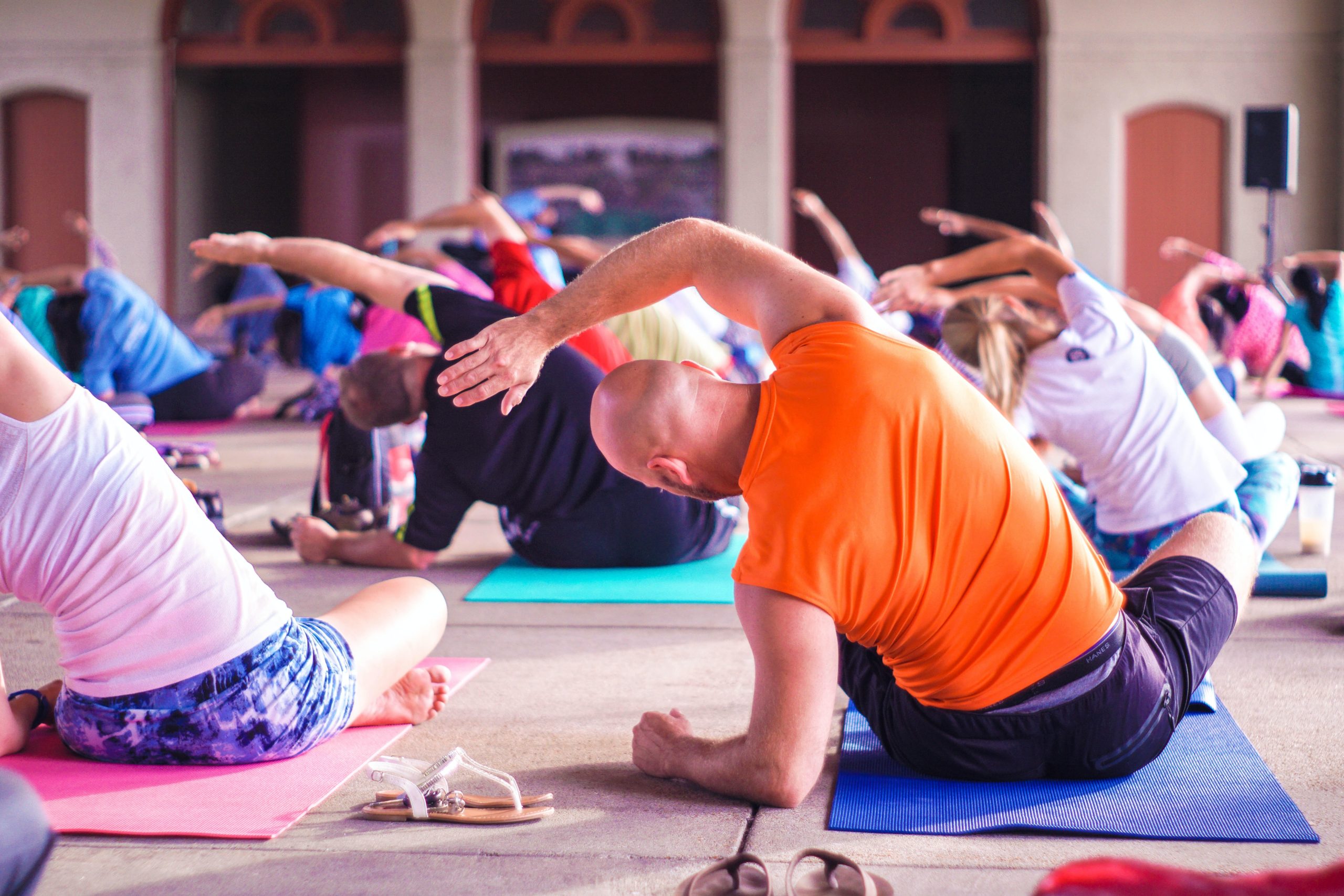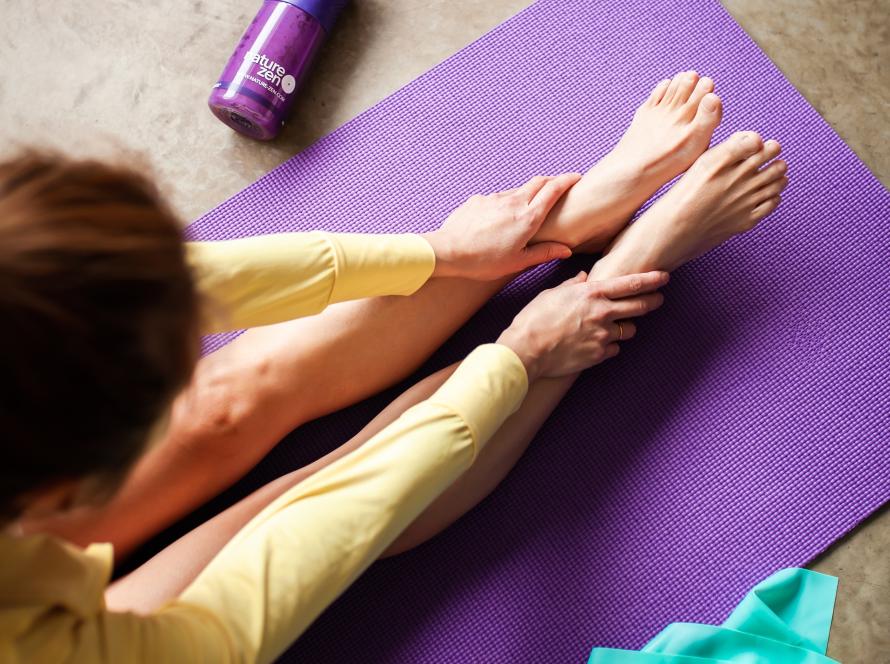Planks are a great exercise that can help strengthen your core. But did you know there are several variations of planks? And if you do them incorrectly, they might not be as helpful as intended. In this post, I’ll explain the different types of planks, how they work, and what you should watch out for when doing them. So let’s talk about the plank!
Planks seem pretty straightforward, but there are many variations
You can do planks against the wall or on the floor. You can also plank while on one foot, holding dumbbells, and even wearing a weighted vest. If you are new to Pilates or working out, you may benefit from completing your plank on your knees.
It is fun to get creative with your planks as I find it helps to pass the time! I think we can all agree that holding a 1 minute plank can feel like the longest minute of your life, right? I find once you have developed your correct form in your plank adding in variations can be fun. Yes, I said it – planking can be fun!
There are benefits to completing a plank correctly
It’s true that the plank does have many benefits. It strengthens the core, for one thing. It can also help improve your posture and balance, as well as flexibility and stability. Planking is a great full body exercise that can easily be modified which makes it such a versatile exercise no matter your age or fitness level. A properly executed plank sets the foundation for a strong and powerful body.
These are all good things if you do them right, but there’s a catch: some people don’t do it right!
You should have good form if you’re going to do a plank
If you’re going to do a plank, it’s a good idea to have good form to get the most benefits out of the exercise.
Here are some tips:
- Head should be in line with your spine
- Shoulders should not be rounded or shrugged
- Squeeze your glutes (butt muscles) together, this will help protect your low back from strain
Why do some people do planks against walls?
You may have noticed that some people perform planks against walls. This is because it’s a good way to start, or if you’re looking for variety in your workout routine, or both! You can do them anywhere, so no matter where you are—at home, at the gym or even at work—you’ll always be able to do them. Plus, there are many variations of the plank; some require more core strength than others. For example:
- Basic plank – good core strength is required
- Modified plank – if you struggle with wrist pain a modified plank on your forearms would be a good option for you
- Side Plank – excellent for building low back and core strength
Conclusion
As we age, planking is a wonderful option to include in your regular workout routine if find ab curls hurt your neck. In my online Pilates classes, we perform many plank variations and I know many of my clients love a good plank.
Planks may seem simple and straightforward but can be quite challenging. From planks against a wall to side planks or even one-handed planks, there are many ways to improve your core strength and build muscle when doing a plank. What’s more important than which variation you choose is that you have good form when doing planks so that you don’t hurt yourself. When performed correctly, the plank is very effective in building core stability and strength.
_
Christine Kirkland is a Certified Pilates Instructor offering online Pilates classes. She specializes in helping mature adults embrace the beauty of aging by incorporating Pilates into their routine to improve their balance, strength and mobility and feel their best every day.


